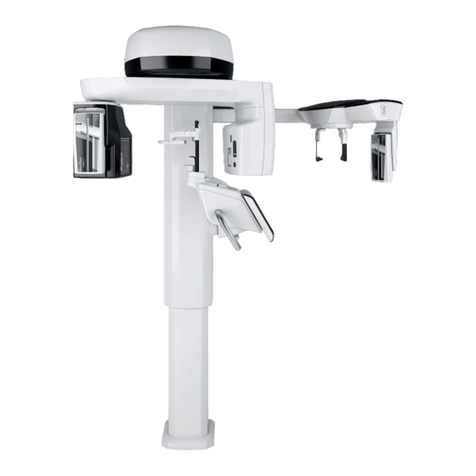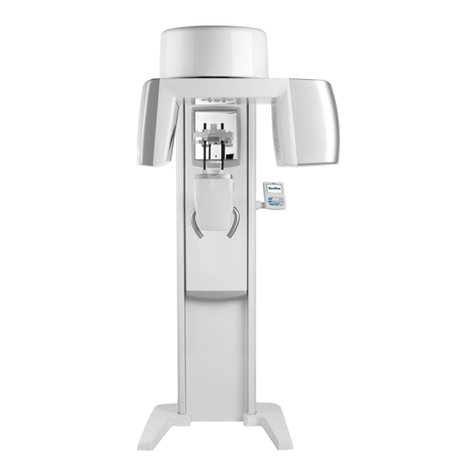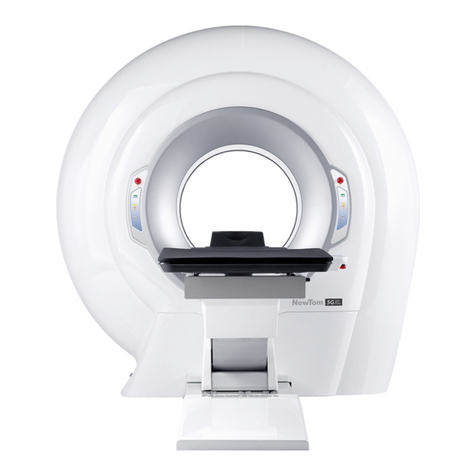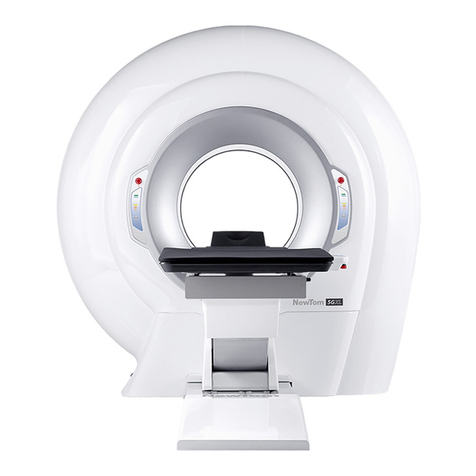Contents
1. INTRODUCTION AND INDICATIONS FOR USE .....................................................................................................5
1.1. DESCRIPTION OF THE MANUAL.......................................................................................................................6
1.2. GENERAL WARNINGS........................................................................................................................................6
1.3. REQUIREMENTS (NOT PROVIDED WITH THE PRODUCT) ............................................................................7
1.4. STANDARDS AND REGULATIONS ....................................................................................................................7
1.5. CLASSIFICATIONS..............................................................................................................................................8
1.6. STYLISTIC CONVENTIONS ................................................................................................................................8
1.7. GENERAL SAFETY WARNINGS.........................................................................................................................9
1.7.1. INSTALLATION CONDITIONS .....................................................................................................................9
1.7.2. CONDITIONS OF USE ...............................................................................................................................10
1.7.3. WARRANTY................................................................................................................................................10
1.7.4. MAINTENANCE AND DISPOSAL ..............................................................................................................11
1.7.5. CLEANING AND DISINFECTION...............................................................................................................12
1.7.6. HYGIENE PROCEDURES FOR PATIENT PROTECTION ........................................................................13
1.8.SAFETY WARNINGS.........................................................................................................................................13
1.8.1. CONDITIONS OF USE ...............................................................................................................................13
1.8.2. GENERAL SAFETY ....................................................................................................................................13
1.8.3. SAFETY DURING X-RAY DEVICE MOVEMENTS ....................................................................................14
1.8.4. EMERGENCY BUTTON .............................................................................................................................15
1.8.5. CONDENSATE FORMATION.....................................................................................................................15
1.8.6. ELECTROSTATIC DISCHARGE ................................................................................................................15
1.8.7. EXPOSURE TO LASER RADIATION.........................................................................................................15
1.8.8. ELECTROMAGNETIC SAFETY .................................................................................................................16
1.8.9. PROTECTION AGAINST RADIATION .......................................................................................................19
1.8.10. APPLIED PARTS...................................................................................................................................19
1.8.11. STRAY RADIATIONS ............................................................................................................................20
2. DESCRIPTION OF OPERATION............................................................................................................................21
3. COMPONENTS .......................................................................................................................................................22
4. CONTROL PANEL ..................................................................................................................................................24
4.1. CONSOLE ONBOARD THE MACHINE.............................................................................................................24
4.2. PUSHBUTTON PANEL ON TELE-X-RAY ARM ................................................................................................24
4.3. X-RAY EMISSION REMOTE CONTROL ...........................................................................................................25
4.4. PERFORM A SIMULATION (DUMMY RUN) .....................................................................................................25
5. PERFORMING A 2D X-RAY EXAMINATION .........................................................................................................26
5.1. STARTING THE SYSTEM .................................................................................................................................26
5.2. SELECTING THE EXAMINATION FROM THE CONTROL CONSOLE............................................................26
5.2.1. 2D EXAMINATIONS AVAILABLE ...............................................................................................................26
5.2.2. SELECTING AN EXAMINATION ................................................................................................................29
5.2.3. SETTING AN EXAMINATION FOR CHILDREN.........................................................................................30
5.2.4. SETTING A CURRENT EXAMINATION AS FAVOURITE .........................................................................30
5.2.5. SETTING THE PROJECTION TYPE..........................................................................................................31
5.2.6. SELECTING A REDUCED ANATOMIC REGION ......................................................................................32
5.2.7. CONFIGURATION OF THE X-RAY TECHNIQUE FACTORS ...................................................................33
5.3. PREPARATION OF THE X-RAY EXAMINATION..............................................................................................34
5.3.1. DEVICES FOR PATIENT POSITIONING ...................................................................................................34
5.3.2. SENSOR POSITIONING.............................................................................................................................35
5.3.3. PATIENT ACCESS STATUS –MINIMUM WAIT STATUS.........................................................................36
5.3.4. EXAMINATION SUMMARY PAGE .............................................................................................................37
5.3.5. DEVICES FOR EDENTULOUS PATIENTS (OPTIONAL)..........................................................................37
5.4. PATIENT POSITIONING....................................................................................................................................38
5.4.1. LASER TRACES .........................................................................................................................................38
5.4.2. PATIENT POSITIONING DESCRIPTION (CRANIOSTAT) ........................................................................39
5.4.3. CRANIOSTAT MOTOR-DRIVEN SUPPORT .............................................................................................40
5.4.4. PAN, DENT AND SIN EXAMINATIONS .....................................................................................................40
5.4.5. TMJ EXAMINATION....................................................................................................................................42
5.4.5.1. LATERAL TMJ ...................................................................................................................................42
5.4.5.2. FRONTAL TMJ ..................................................................................................................................43
5.4.6. TELERADIOGRAPHIC (CEPH) EXAMINATIONS......................................................................................44
5.4.7. POSITIONING FOR DTS EXAMINATION ..................................................................................................45







































